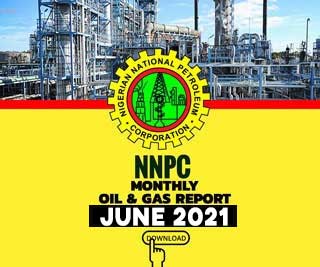With a monstrous roar of engines, the most powerful rocket to leave Earth since the Apollo missions launched successfully from Florida last night.
The Falcon Heavy jumbo rocket, developed by the flamboyant SpaceX billionaire Elon Musk, had a sole ‘passenger’ onboard a mannequin named ‘Starman’ who rode to space inside a Tesla roadster.
Incredible footage has emerged from inside the car showing stunning views of our planet sailing past its windscreen as David Bowie’s Life on Mars plays in the background.
Starman was meant to be on a 250-million-mile (400million km) journey to Mars’ orbit, propelled by the main module, which separated from the Falcon Heavy shortly after launch.
But Musk has admitted the dummy is heading further into the solar system than planned because SpaceX overcooked one of the Falcon Heavy’s powerful booster burns.
Despite Starman’s failure to reach the red planet, Musk has said the ‘silly and fun’ mission was a success because it will ‘get people excited around the world’.
Musk’s main goal was achieved, in part, by the launch of the Falcon Heavy.
This was largely a success, although the central booster failed to return to Earth as planned.
He hopes the Falcon Heavy flight will open up the prospect of far cheaper space launches, which could make travel to Mars more affordable.
Cosmic radiation will now gradually tear the car apart over millions of years, with the Roadster’s seat leather and plastics expected to fall apart in the next year provided the vehicle avoids collisions with space junk and meteors.
Soon after the launch, Elon Musk tweeted a live feed of the car, and its driver a dummy named Starman (after the David Bowie song) with Earth in the background.
Where is the roadster going?
Starman was meant to be on a 250-million-mile (400m km) journey to Mars’ orbit, propelled by the main module, which separated from the Falcon Heavy shortly after launch.
But in a slight hiccup, Elon Musk admitted SpaceX overshot the Falcon Heavy’s third booster burn, sending Starman further into the solar system than was originally planned.
The new orbit will sent the Roadster on a journey into the asteroid belt between Mars and Jupiter.
What will happen to it?
The main force that will tear the car apart over hundreds of millions of years in space is radiation.
This will particularly affect the plastics and carbon-fibre frame.
‘Those materials are made up largely of carbon-carbon bonds and carbon-hydrogen bonds,’ Dr William Carroll, a chemist at Indiana University told Live Science.
On Earth, we are protected by a powerful magnetic field and atmosphere that shields us from the worst of radiation from the sun and cosmic rays.
Radiation in space causes those bonds to break which will eventually cause the car to fall to pieces.
How long will it last?
‘Those organics, in that environment, I wouldn’t give them a year,’ Dr Carroll said.
The well-secured inorganic materials, such as the aluminium frame and internal metals, would last longer, meaning it could still be recognisable in at least a million years.
However, it is unlikely it will avoid all collisions with micrometeorites and other space junk in the meantime.
Before the launch Musk said there was a chance the car might hit Mars. Now on its new path it’s not clear whether the car might run into some other space object.
A series of live camera feeds gave viewers stunning views of Earth.
The heavens navigated by a dummy astronaut in an electric car, with a handy note for aliens “Made on Earth by humans” imprinted on the circuit board
Presidential seal of approval: Donald Trump posted this message to Elon Musk congratulating him on his momentous achievement.
SpaceX has spent weeks preparing for the first test launch of its Falcon Heavy, which aims to become the world’s most powerful rocket in operation, with the capacity to one day take payloads to the moon or Mars
In an incredible accomplishment, the Falcon Heavy’s side boosters landed smoothly back down to Earth on two separate launchpads about 8 minutes in.
‘The Falcons have landed’ the announcers said, as people cheered and whooped wildly in the background.





